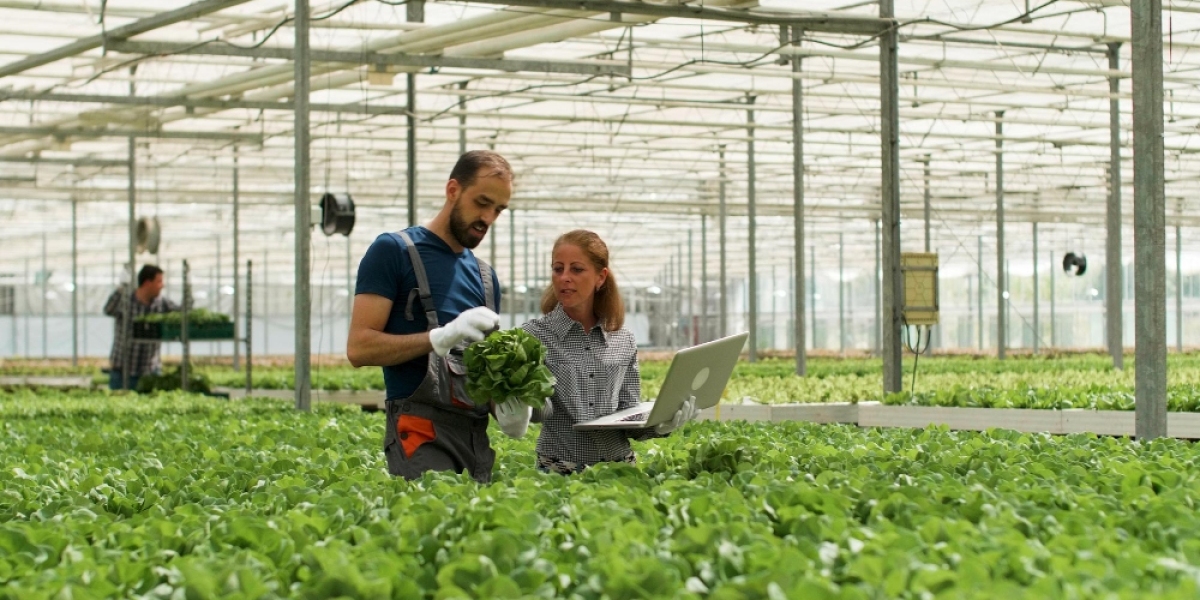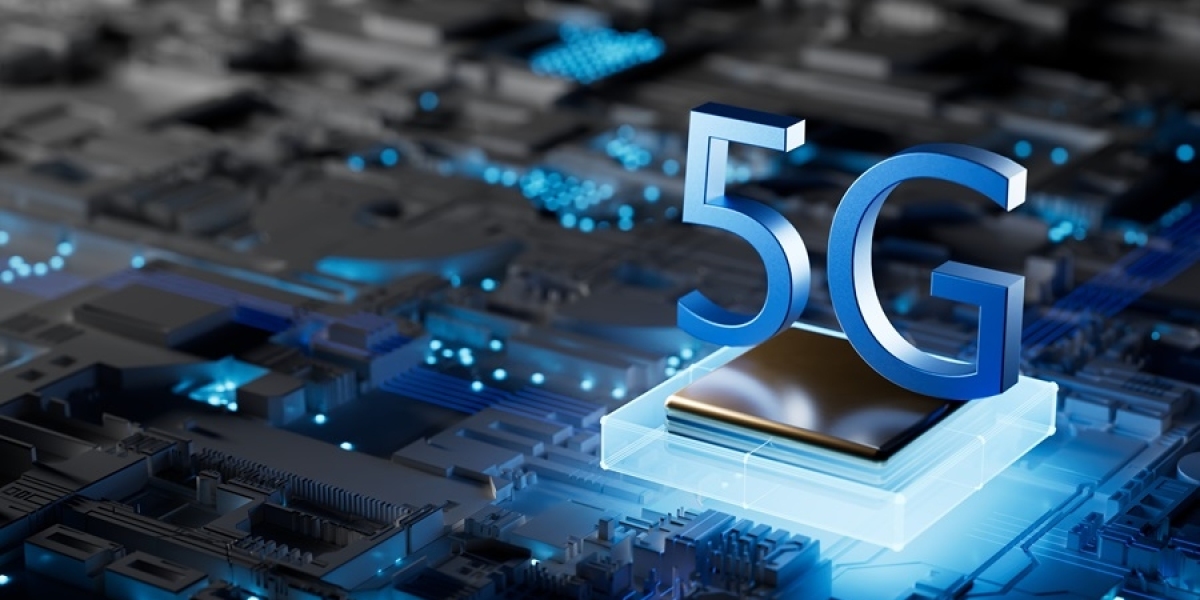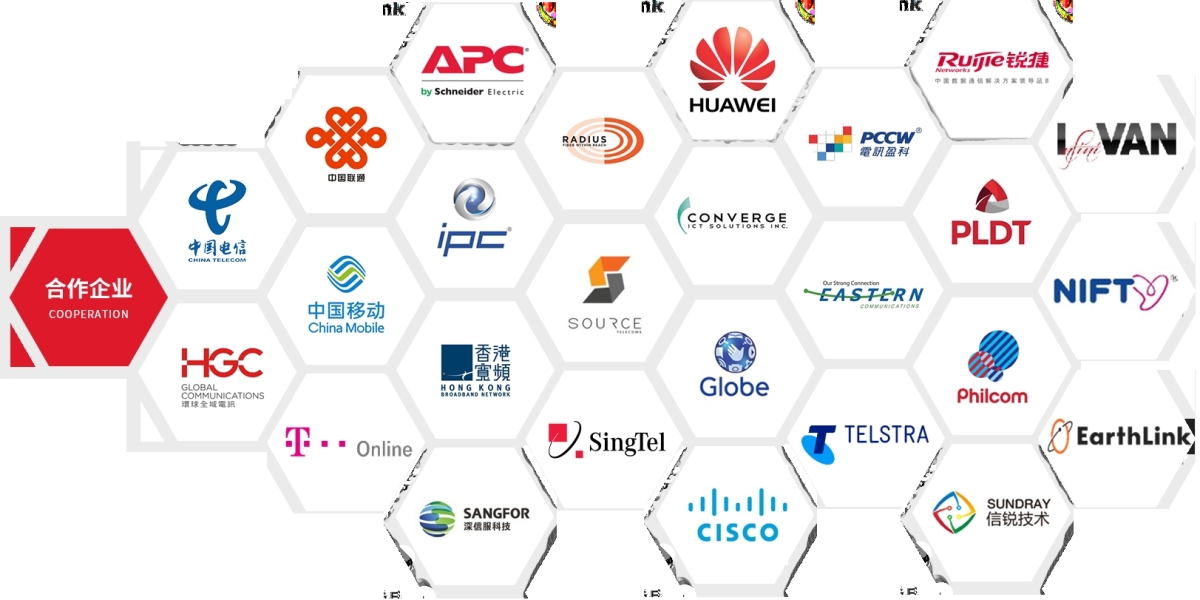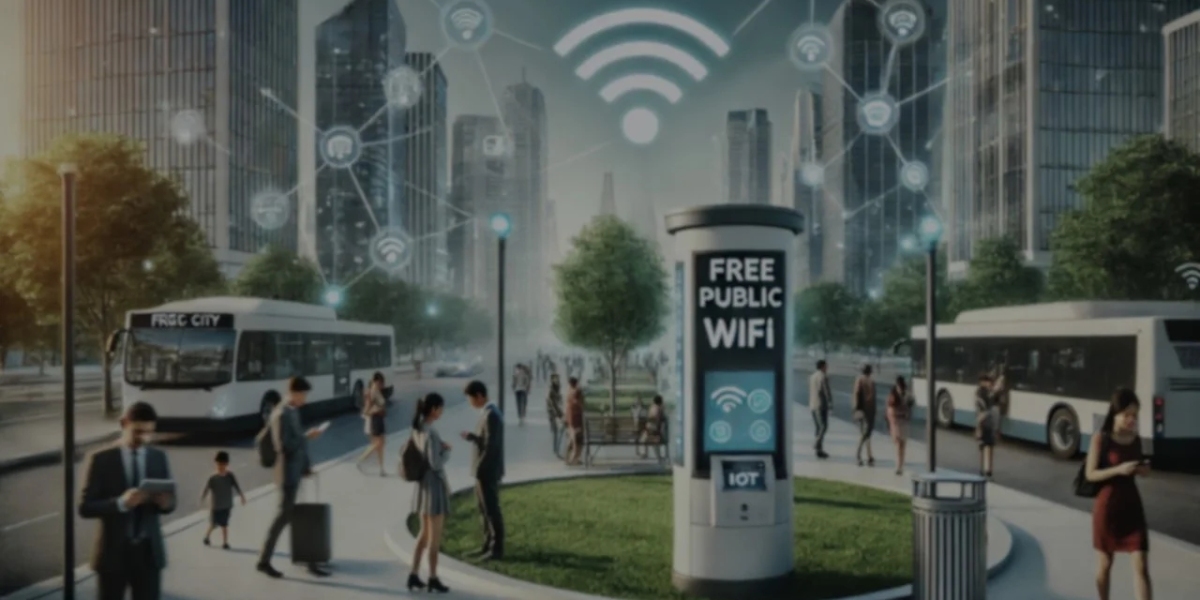Agriculture has always been the backbone of human civilization, providing the food and resources necessary for survival. However, with the world’s population expected to reach nearly 10 billion by 2050, traditional farming methods alone cannot sustain global demand. Technology is stepping in to fill the gap, ushering in a new era known as smart farming. From data analytics and robotics to automation and the Internet of Things (IoT), modern agriculture is becoming more precise, sustainable, and efficient than ever before.
The Rise of Smart Farming
Smart farming, also known as precision agriculture, relies on digital technologies to optimize every stage of the agricultural process. Farmers are now leveraging drones for crop monitoring, sensors for soil health analysis, and automated irrigation systems that respond to real-time environmental conditions. This interconnected ecosystem of devices helps reduce waste, increase yield, and ensure better resource utilization.
At the heart of this transformation is Agriculture IoT, a technological framework that connects farm equipment, sensors, and software through the internet to collect and share data. These interconnected systems allow farmers to monitor weather patterns, soil moisture, and crop growth remotely, leading to better decision-making and improved productivity.
The Role of Data in Modern Agriculture
Data is becoming one of the most valuable assets in farming. The ability to collect, analyze, and act upon real-time data allows farmers to make informed decisions that directly impact their yields. Advanced analytics tools can predict pest infestations, optimize fertilizer use, and even recommend the best harvest times based on predictive weather models.
Farmers who adopt data-driven practices can not only improve efficiency but also minimize costs and environmental impact. For example, using satellite imagery and IoT sensors, they can pinpoint specific areas of a field that require more nutrients or water, instead of treating the entire field uniformly. This precision-driven approach is redefining agricultural sustainability.
Automation and Robotics on the Farm
Automation is another major trend in modern agriculture. From autonomous tractors to robotic fruit pickers, machines are now capable of performing labor-intensive tasks with remarkable accuracy. These automated systems are particularly beneficial in regions facing labor shortages or high operational costs.
Robotic systems equipped with computer vision and AI algorithms can identify ripe produce, monitor crop health, and perform selective harvesting—all while reducing manual intervention. Such technologies not only increase efficiency but also ensure consistent quality and output.
Artificial Intelligence and Predictive Farming
Artificial Intelligence (AI) is enabling predictive farming by analyzing massive datasets from sensors, satellites, and machinery. AI-driven platforms can detect diseases, forecast yield outcomes, and recommend actions to mitigate risks. Predictive algorithms help farmers plan their operations months in advance, reducing uncertainty and maximizing profit margins.
For instance, machine learning models can identify crop stress caused by drought or pests before the damage becomes visible to the human eye. Early detection allows for timely intervention, saving both crops and resources. These AI tools represent a major leap forward in how agricultural operations are managed globally.
Sustainable Farming Through Technology
Sustainability is at the core of the modern agricultural revolution. As environmental challenges grow, technology offers solutions that minimize waste and promote eco-friendly practices. Smart irrigation systems, for instance, use sensors to measure soil moisture levels and deliver water only when needed. This approach can reduce water usage by up to 50%.
Similarly, precision fertilizers and pesticide applications prevent the overuse of chemicals, reducing soil and water contamination. Renewable energy sources like solar-powered sensors and electric tractors are also gaining popularity, helping farms lower their carbon footprint. The combination of technology and sustainability ensures that future food production can meet global demand without compromising the planet’s health.
The Importance of Embedded Systems in Agricultural Tech
Behind every advanced agricultural device lies a sophisticated network of embedded systems that ensure smooth functionality. These systems enable sensors, drones, and robotic machines to process data and execute commands efficiently. Whether it’s a soil moisture sensor or an automated irrigation valve, embedded technology acts as the brain that connects hardware and software for seamless operation.
A reliable embedded software development company plays a critical role in building these intelligent solutions. They design and program the firmware that controls IoT devices, ensuring real-time communication and accurate data processing. Such expertise allows agricultural innovations to function effectively in remote and challenging environments, where connectivity and precision are crucial.
Conclusion
The digital revolution in agriculture represents one of the most significant technological transformations of our time. From connected devices and AI-driven systems to sustainable farming practices, innovation is reshaping how food is produced, managed, and delivered.








